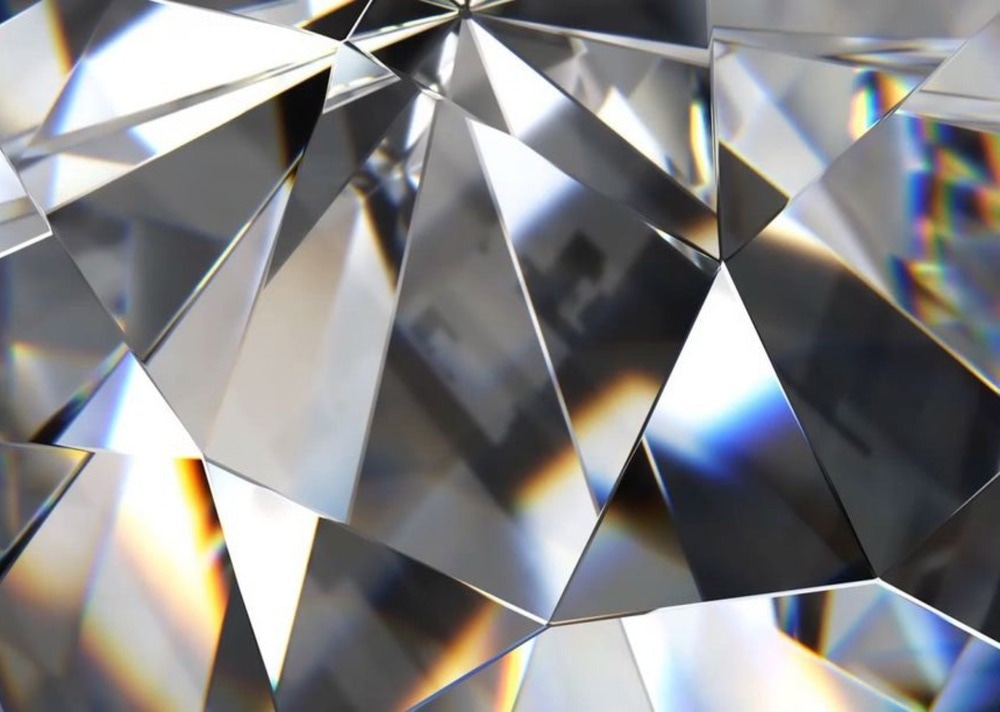Researchers discovered that compounds known as carbon nitrides, which are created when carbon and nitrogen precursors are heated to extremely high temperatures and pressures, are more resilient than cubic boron nitride, which is the second hardest substance after diamond.

Image Credit: softie3287/Shutterstock.com
Vast Potential
According to experts, the discovery creates opportunities for the use of multifunctional materials for industrial applications, such as solar panels, photodetectors, high-endurance cutting tools, and protective coatings for vehicles and spaceships.
Since the 1980s, when scientists first observed their extraordinary features, such as excellent heat resistance, materials researchers have worked to unleash the potential of carbon nitrides.
Despite over three decades of study and several attempts to synthesize it, no reliable results have been revealed.
Scientific Breakthrough
Now, an international team of scientists led by researchers from the University of Edinburgh's Centre for Science in Extreme Conditions and specialists from the Universities of Bayreuth, Germany, and Linköping, Sweden, has made a breakthrough.
The researchers subjected various types of carbon nitrogen precursors to pressures ranging from 70 to 135 gigapascals - roughly one million times our atmospheric pressure - while heating them to temperatures exceeding 1500 degrees Celsius.
The samples were exposed to a strong X-Ray beam at three particle accelerators: the Advanced Photon Source, located in the United States, the Deutsches Elektronen-Synchrotron in Germany, and the European Synchrotron Research Facility, located in France, to determine the atomic arrangement of the compounds under these circumstances.
Exciting Discovery
Three carbon nitride compounds were identified to contain the building blocks required for super-hardness by researchers.
Surprisingly, when returning to room temperature and pressure, all three compounds maintained their diamond-like properties.
Additional computations and testing indicate that the novel materials have high energy density—the capacity to store a significant amount of energy in a small mass—and photoluminescence, among other characteristics.
These extremely incompressible carbon nitrides, according to researchers, have a plethora of potential applications that might make them the perfect engineering material to compete with diamonds.
European research funds and the UKRI FLF project provided funding for the study, which was published in Advanced Materials.
Upon the discovery of the first of these new carbon nitride materials, we were incredulous to have produced materials researchers have been dreaming of for the last three decades. These materials provide strong incentive to bridge the gap between high pressure materials synthesis and industrial applications.
Dr. Dominique Laniel, Future Leaders Fellow, Institute for Condensed Matter Physics and Complex Systems, School of Physics and Astronomy, University of Edinburgh
Dr. Florian Trybel, Assistant Professor, Department of Physics, Chemistry and Biology, University of Linköping, added, “These materials are not only outstanding in their multi-functionality, but show that technologically relevant phases can be recovered from a synthesis pressure equivalent to the conditions found thousands of kilometers in the Earth’s interior. We strongly believe this collaborative research will open up new possibilities for the field.”